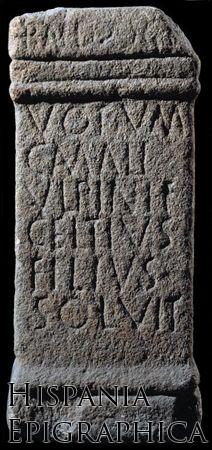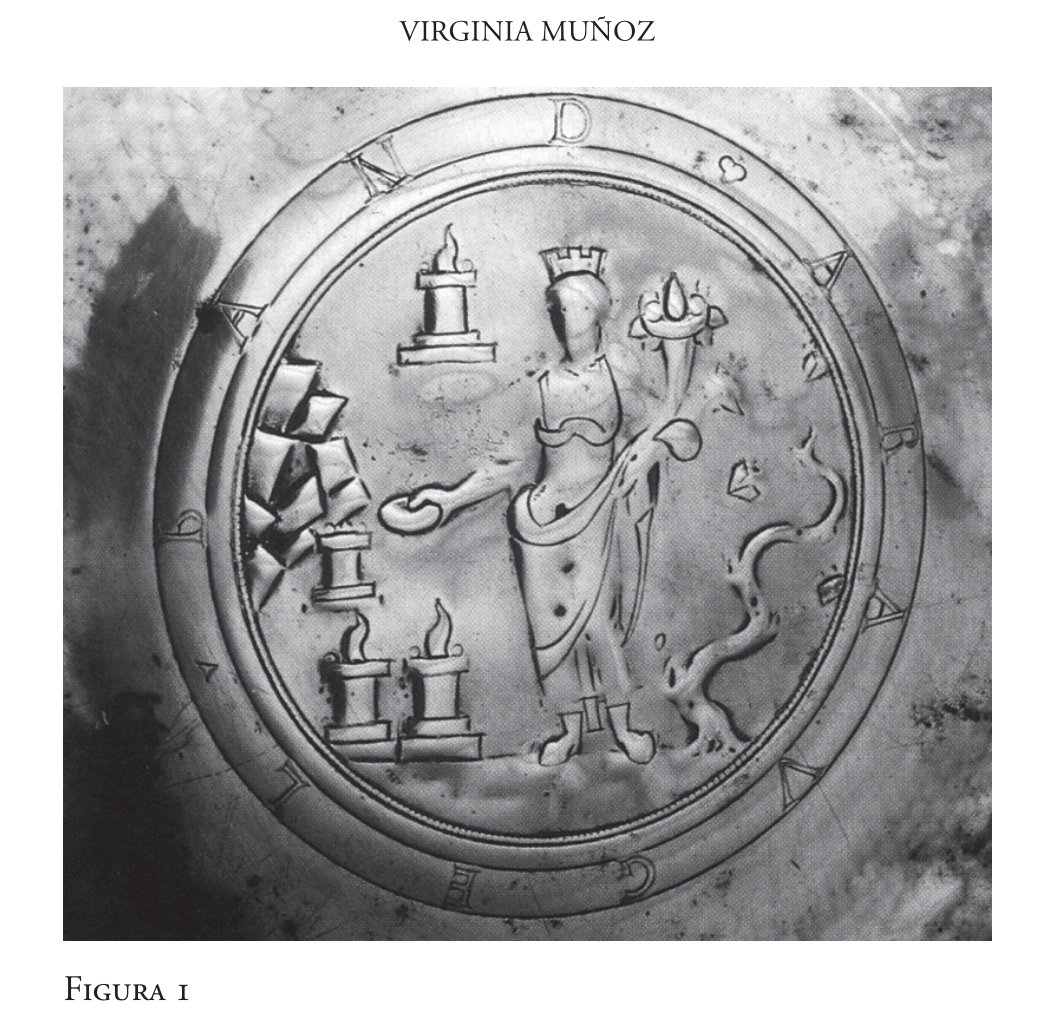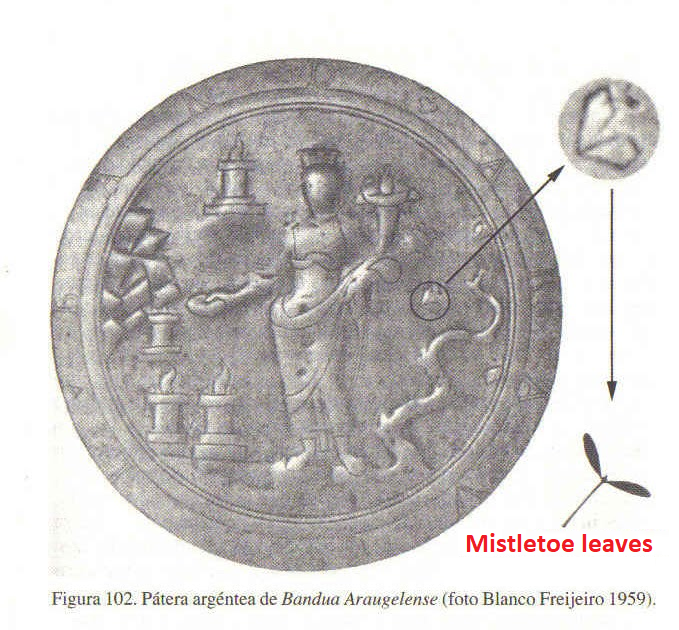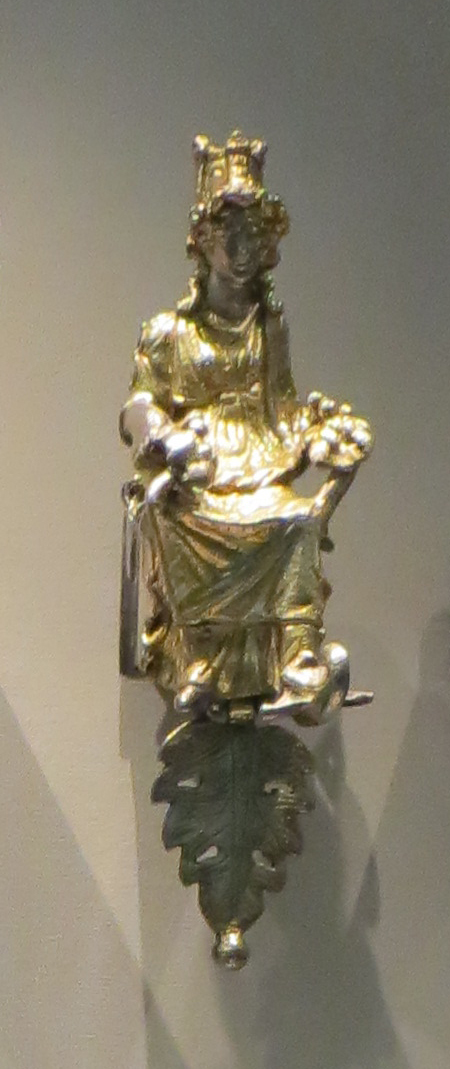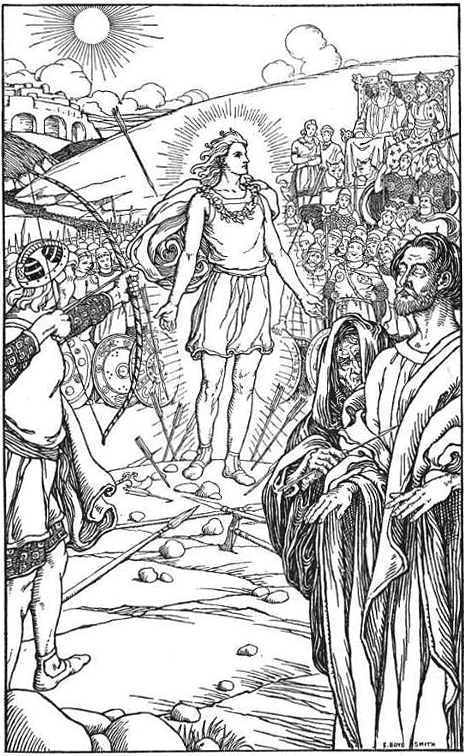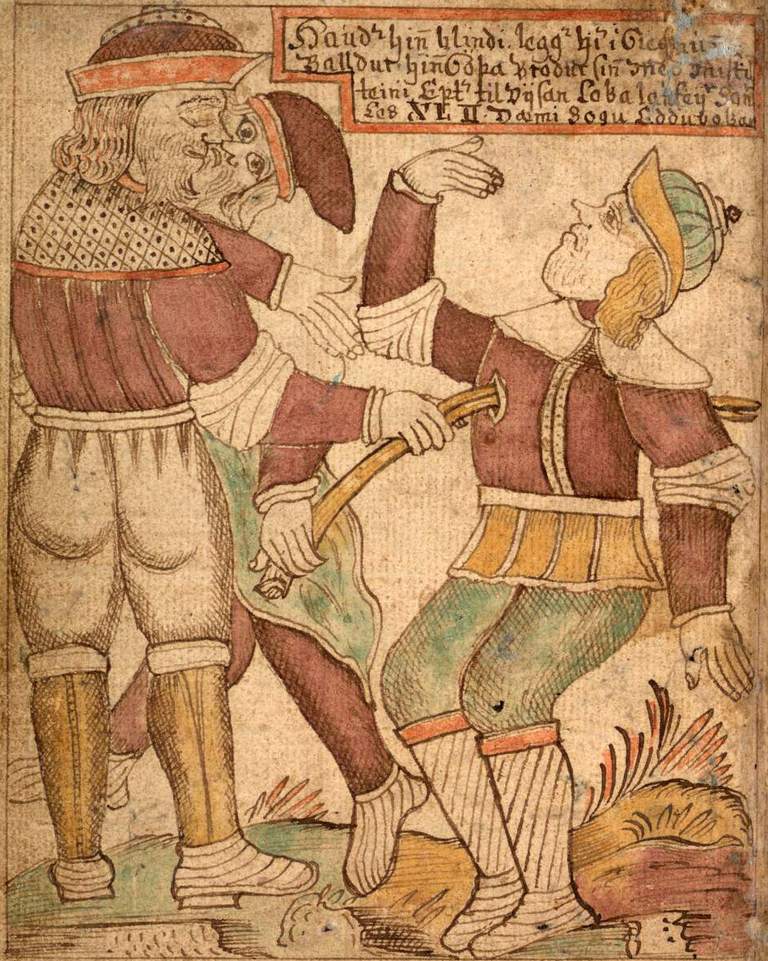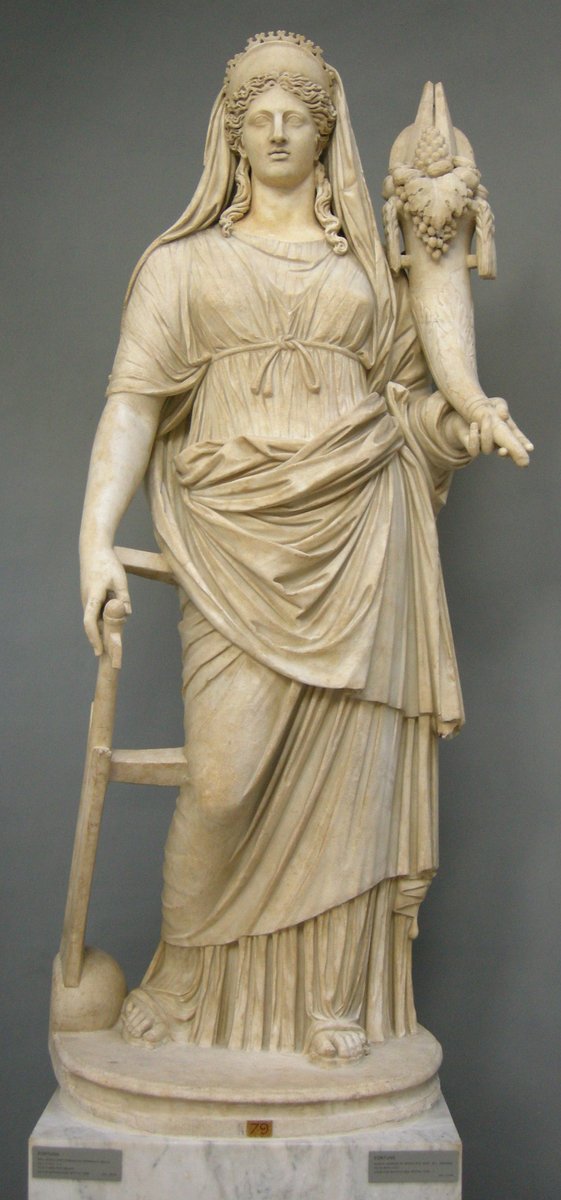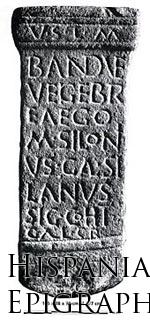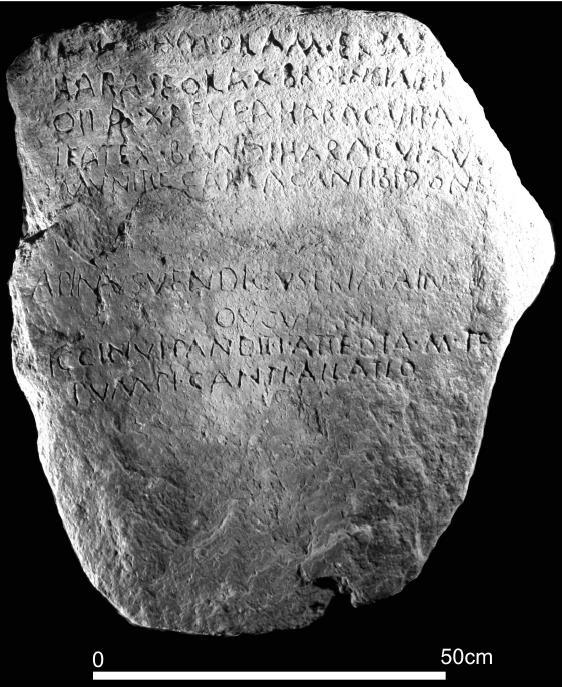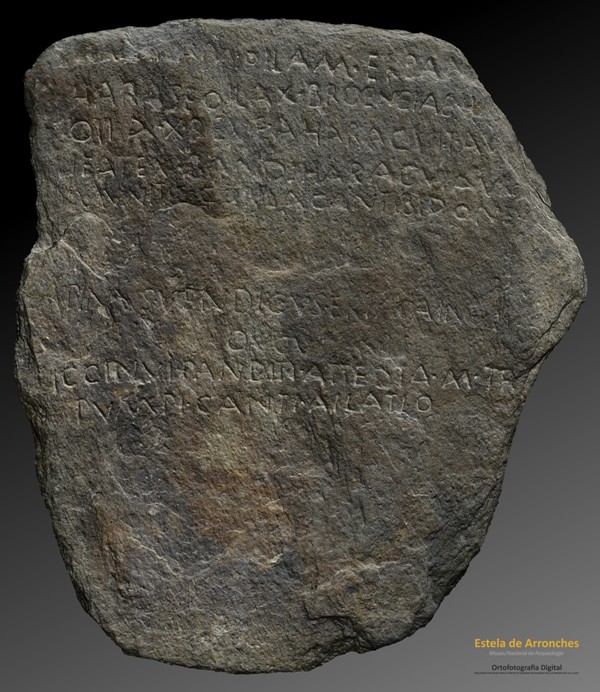1/ As I promised last month, let& #39;s take a look at the deity Bandua, worshiped by the Lusitanians, Gallaecians and Vettones. I counted around 60 references to the deity in Western Iberian epigraphy, making it one of our deities with one of the most vast archaeological evidence https://twitter.com/Herminius_Mons/status/1253771736660750339">https://twitter.com/Herminius...
2/ The first interesting aspect of this deity is the variety of the forms of the name. Bandue, Bandi, Banda and Bandua are the most common. This also means that it can be both masculine and feminine. We will understand why later. For now, let& #39;s take a look at the epithets
3/ Nearly 60% of the epithets to Bandua are derived from toponyms, that is place names, such as the epithets Longobricu (modern day village of Longroiva in Portugal) and Veigebreaego (modern day Rairiz de Veiga in Galicia). This provides a very important clue to her functions...
4/ Bandua is a tutelary deity, that is a protector of tribes/clans/families/etc. Another important factor, however, is that almost all of these inscriptions are from places far from urbanised Roman centers. This reinforces the tutelary aspect Bandua had for the native peoples
5/ When it comes the etymology, the most accepted seems to be from PIE *bhendh-, that is "to bind". This ties Bandua further to her tutelary functions: she is "bound" to the people she protects. But a patera (libation bowl) found in Cáceres with her figure shed even more light...
6/ In this patera, Bandua is depicted as female. She has a crown, a patera and a horn of plenty, very similar to Roman Tutela and Fortuna/Tyche. Furthermore, she is surrounded by altars with the sacred flame and a tree from which mistletoe leaves fall. To the left, we see rocks
7/ This setting is rather obvious. It& #39;s obviously a temple, as the scholar Blanco Freijeiro also observed. In my interpretation, the tree is an oak, taking into account the mistletoe leaves falling from it.
8/ So how do the oak, the horn of plenty, the mistletoe, the sacred flame and Bandua herself relate? Let& #39;s start with the oak and mistletoe. When winter comes and the oak leaves fall, we can often find the green mistletoe at the top of it. Of course, this symbolises the lifeforce
9/ In a way, the oak "dies", its life force is stored in the mistletoe during the winter (akin to the journey through the underworld and the fetus), before it is finally reborn in Spring (refer to the myth of Baldr). The sacred flame is, of course, the spark of life
10/ which initiates the rebirth process. The horn of plenty contains the gifts given to the dead, which the initiates retrieved to become the ancestor and reacquire their memories from past lives. And Bandua here, as a symbol of Fortuna, luck itself, represents
11/ the luck or honour passed generation to generation in each incarnation. So, in a way, the horn of plenty contains the honour you have acquired in past lives. I can also establish another etymological connection between Bandua and luck in the modern Iberian words for & #39;luck& #39;
12/ Portuguese/Galician sorte, Castilian suerte and Catalan sort come from Latin sors, that is & #39;fate& #39; or & #39;oracular response& #39;, but the ultimate PIE root is *ser-, which also means "to bind". Our luck, fate and honour are bound to us, the same way we are partially bound to them
13/ It& #39;s also worth mentioning there is another Lusitanian deity presiding over this, Trebaruna, from Proto-Celtic *treba, "home" and *runa "secret" or "mysteries". Trebaruna is more akin to Vesta, the hearth Goddess, but she also presides over the luck and fate of the family
14/ On the gender disparities of Bandua, the explanation is simple: each tribe saw their protector slightly differently. Some saw their luck or honour as a feminine aspect and others as a masculine aspect. The feminine seems to be the most common
15/ Finally, Bandua appears in an inscription written in the Lusitanian language, in the line: Tav(ro) Ifate X Bandi Haracvi
That is, "10 fertile/sacred bulls to Bandi Haracui". The bull is a symbol of the ancestral life force, so now our interpretation makes even more sense
That is, "10 fertile/sacred bulls to Bandi Haracui". The bull is a symbol of the ancestral life force, so now our interpretation makes even more sense
16/ To conclude, Bandua is a tutelary deity presiding over the protection of each tribe and also a personification of their luck, honour and fate. He/she is intrinsically tied to the entire rebirth process, from the journey to the underworld to the reacquisition of the memories
17/ And because Pallando has content on everything related to European paganism, go read this thread if you haven& #39;t yet. Serves as a very important complement to the concept of luck and which helped me a lot in interpreting Bandua. Thanks for reading! https://twitter.com/KomninosM/status/1253000420064100357">https://twitter.com/KomninosM...

 Read on Twitter
Read on Twitter
